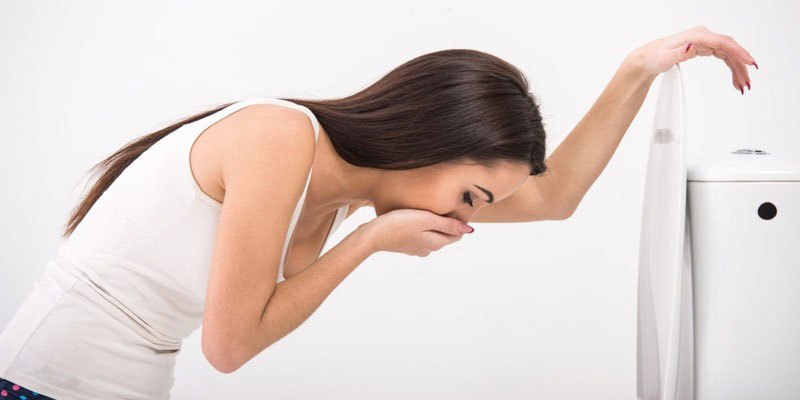Do you suffer from hard and rough skin on your feet that never seems to go away? If so, you may have calluses in thickened areas of skin caused by excessive friction or pressure. Calluses can be very uncomfortable, making it difficult and painful to walk for long distances. But don’t worry: this blog post will provide basic information about calluses, including causes and prevention tips, as well as numerous ways to get rid of calluses on your feet.
Both over-the-counter treatment options and home remedies will be addressed to help reduce the occurrence of foot calluses and provide quick relief when necessary. Read on and find simple yet effective strategies for eliminating those pesky achy bumps!
What Are Calluses?
Calluses are areas of thick, hardened skin that form due to friction or pressure. Usually found on the feet and hands, calluses can be unsightly and uncomfortable. When left untreated, calluses can become painful and hinder your ability to walk or use your hands properly.
Causes of Calluses on Feet
1. Ill-Fitting Shoes - Too small, tight, or narrow can cause calluses on your feet.
2. Socks with Rough Seams - The rough seams of socks can rub against the skin and cause calluses to form.
3. High-Heeled Shoes - High heels often increase pressure on the front of the foot, leading to callus formation.
4. Diabetes - People with diabetes tend to suffer from poor circulation, resulting in decreased sensation and a greater risk for developing calluses due to a lack of awareness of possible issues, such as ill-fitting shoes or activities that may cause friction or rubbing.
5. Athletes' Foot - Infections caused by a fungus often result in increased friction and rubbing of the affected area, leading to callus formation.
6. Damp Conditions - Damp environments often cause the skin to become softer, making it more susceptible to callus formation due to friction or pressure.
7. Hammertoes and Bunions - These conditions often increase pressure on certain feet areas, causing them to develop calluses over time.
8. Age - As we age, our skin naturally becomes dryer and thinner, which can lead to the development of calluses because of increased friction or pressure.
9. Hereditary Predisposed Skin Type - Some people are born with thicker skin that is more prone to developing calluses when exposed to certain conditions.
Preventing Foot Callus Formation
Preventing callus formation on your feet starts with proper foot care. Here are some tips to help reduce the occurrence of painful and unsightly calluses:
1. Wear Proper Shoes - Wear shoes that fit properly and provide ample room for your toes. Avoid wearing high-heeled or tight shoes, as these can increase pressure on certain foot parts, which may lead to callus formation.
2. Change Your Socks Regularly - Wearing clean socks daily helps prevent excessive friction from forming due to sweat and dirt accumulation in old socks. It's also important to ensure smooth seams don't rub against the skin and cause calluses.
3. Use Comfortable Footwear - When engaging in activities requiring a lot of standing or walking, wear comfortable shoes and provide extra cushioning for your feet.
4. Keep Your Feet Dry - Wear sandals or flip-flops in damp conditions to prevent skin from becoming soft and more susceptible to callus formation due to increased friction or pressure.
5. Moisturize Daily - Regularly applying foot cream can help keep the skin on your feet supple and less prone to hardening because of excessive rubbing or pressure.
6. Trim Your Toenails - Keeping your nails trimmed helps reduce the amount of force applied against certain parts of the foot, which can lead to call.
Symptoms of Calluses
1. Thickened Skin
Skin thickening usually characterizes calluses due to excessive friction or pressure.
2. Painful and Tender Feet
Areas of callus formation can be painful to the touch and tender when walking or standing for long periods.
3. Discoloration
The hardened, thickened areas of skin may appear yellowish due to changes in skin pigment caused by increased pressure or friction.
4. Flaky Skin
The area around the callused skin may become dry, flaky, and itchy due to lack of moisture in the affected area.
5. Cracks in the Skin
Extreme pressure or friction can cause cracks in the callused areas of skin, which may be painful and difficult to treat.
6. Blisters
Calluses can be so thick and painful that blisters may form in the affected areas due to extreme friction or pressure.
Best Treatments and Remedies for Calluses
Calluses can cause discomfort and make it difficult to walk. Thankfully, there are quite a few ways that you can get rid of them. Over-the-counter treatments such as medicated creams, ointments, and pads are available to help reduce the hardened skin on your feet. These products contain salicylic acid or lactic acid to gently remove layers of callused skin over time.
Home remedies such as pumice stones, warm soaks with Epsom salts, and scrubbing with a paste made from baking soda and water may also be used. For more severe cases of calluses, seeking professional medical help may be necessary to ensure the problem is handled properly.
When to see your doctor
When it comes to calluses, most people can safely treat them at home with over-the-counter products or home remedies. However, it may be time to visit your doctor if the callus is severe and causing much pain and discomfort.
Medical attention should also be sought in cases where the callus has become infected or inflamed. Additionally, certain medical conditions such as diabetes may require specialized care when dealing with foot calluses due to decreased sensation and risk for infection.
Seeing your doctor is also important if you experience any unusual symptoms, such as redness or swelling around the callus, drainage from the area, fever, chills, or numbness near the affected area. These could indicate that a bacterial or fungal infection has developed and may need to be treated promptly to prevent further complications.
FAQs
What makes calluses go away?
Calluses can be treated with over-the-counter products, home remedies or professional medical help. These treatments soften the hardened skin and promote callus removal through exfoliation.
Does Vaseline get rid of calluses?
Vaseline can treat calluses by applying it directly to the affected area. This will soften and hydrate the skin, making removing it easier with a pumice stone or other exfoliating tool.
How do you prevent calluses from coming back?
Wear shoes that fit correctly and have adequate cushioning for your feet to prevent callus re-formation. Keep your feet clean and dry, moisturize daily, and change socks regularly to decrease friction on the skin. Lastly, seek medical attention to properly address any underlying issues causing calluses.
Conclusion
Calluses can be very painful and uncomfortable, making walking long distances difficult. But with the right information, you can easily eliminate calluses on your feet and prevent them from returning.
By following the tips outlined above, you’ll be able to enjoy soft and healthy skin on your feet once again! If your symptoms worsen or don’t improve despite all efforts, contact a doctor for proper medical diagnosis and treatment options.





